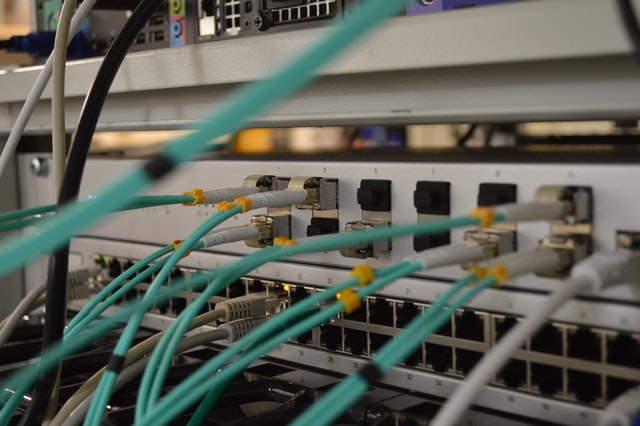When creating a network, some pieces of hardware are fundamental to making it work. You can think of a network as a collection of computer components much like a sports team. Each piece of hardware plays a specific role and each piece is vital to the next piece.
Let’s explore!
Cables
Several components will need to be connected via ethernet cables. Networks require either category 5 or 6 ethernet cables to connect components.
This will facilitate communication, transfer of data, and sharing of protocols between the core hardware running the network.
Modem
This is the component of a network that allows the local network to connect to the internet.
This device is responsible for converting analog signals found in cables and phone lines to digital signals (1’s and 0’s) found in computers and vice versa.
This process makes it possible for your computer or device to communicate with the internet using telephone lines.
Your internet service provider (ISP) uses the phone lines to communicate with your modem. Your modem then converts that data to data that your computer or device can understand.
It controls what type of access you have to the internet, i.e. how fast or slow the connection will be as well as how much data is allowed to be used by your internet connection.
Router
This piece of hardware will broadcast a signal that will enable users on a network to connect and access the network.
Without a router, there is only one internet connection available for one device. It expands the available internet connection so that many devices can share the same internet and network connection.
This enables users on the network to share files, access documents, connect to the internet, and much more.
The software that runs a router comprises two main parts, namely the control plane and the forwarding plane.
One of the leading companies producing software for routers today is Cisco.
Network Bridge
Think about a bridge connecting two landmasses. Now, imagine that each landmass is a network on its own.
The network bridge will allow you to go from one network to another and access the files and documents that you need.
This effectively takes two separate networks and combines them into one.
An example would be using your home network to connect your office network. The office will have multiple computers and devices all ‘bridged’ together which enables you to get files from the office network regardless of which device they originated from.
Repeater
A repeater simply expands the signal range of a network. It enables you to connect from further away.
This will effectively help with connectivity to the network and is a great way to navigate signal power around obstacles such as walls, which can slow down data transfer speeds on a network.
Wrapping it up
That sums up a beginner’s guide to the basic components of network hardware. However, there are obviously several more advanced components and concepts that enable better security, faster data speeds, etc.
Put your networking cap on now and start applying what you have learned!

